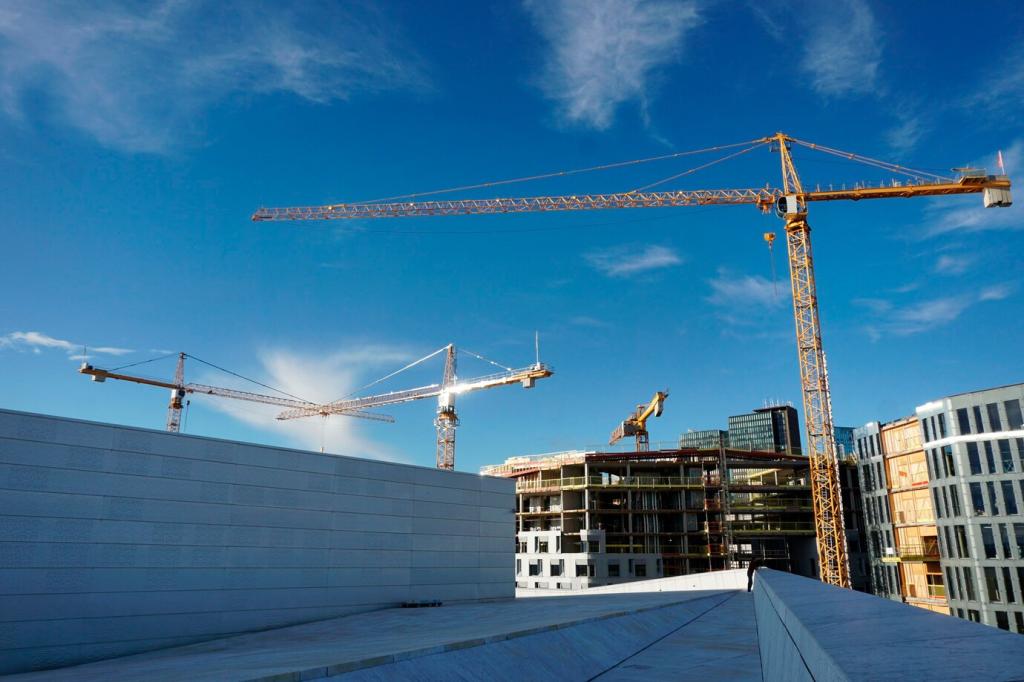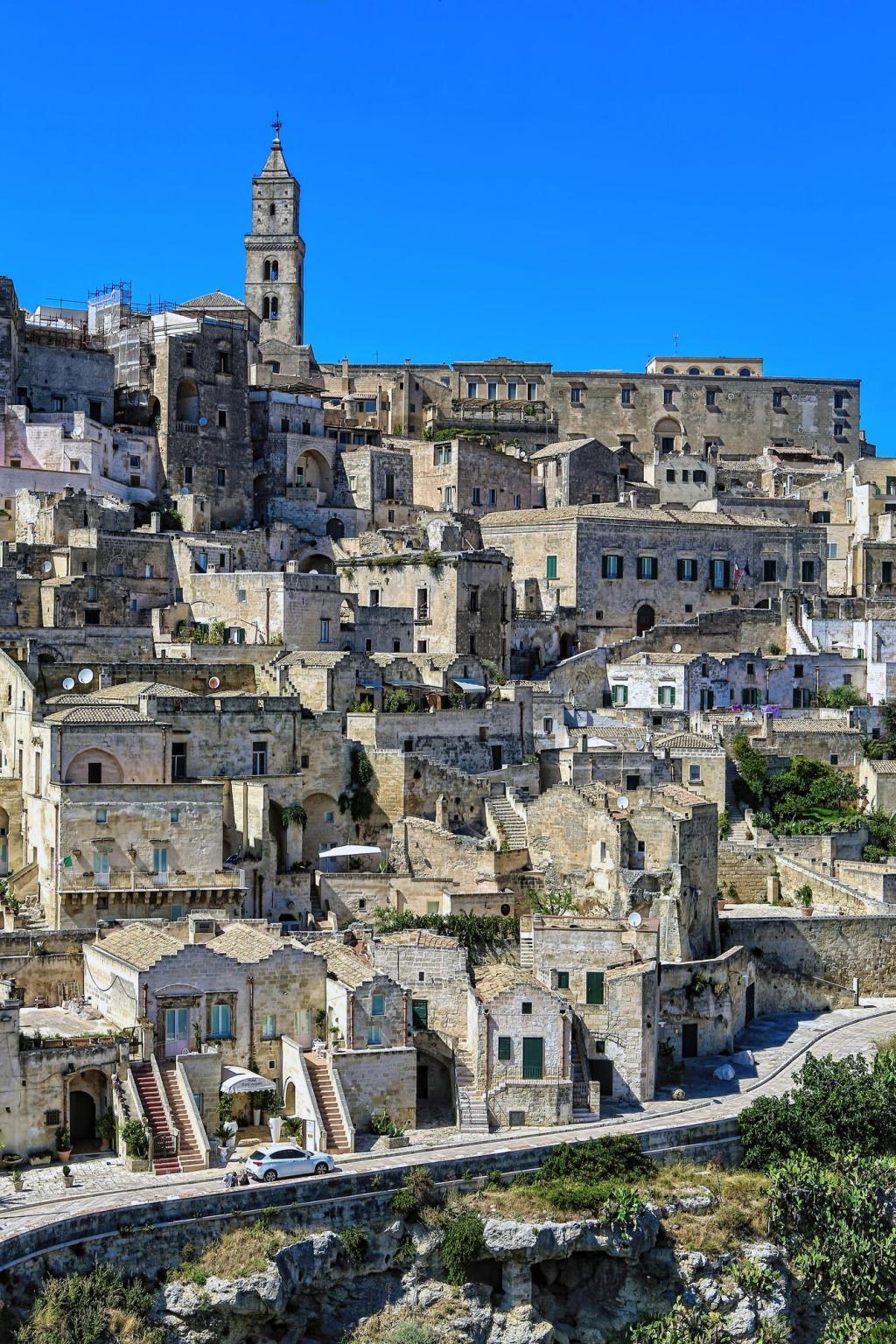Innovative Housing: A Catalyst for Urban Social Change
Chosen theme: Innovative Housing: A Catalyst for Urban Social Change. Welcome to a community of thinkers, neighbors, and doers exploring how smarter homes and bold ideas can unlock fairer, kinder, greener cities. Read on, add your voice, and subscribe to shape the future block by block.
Rethinking City Space through Housing Innovation
Thoughtfully designed micro-homes prove that small spaces can deliver big dignity. With clever storage, shared amenities, and fair leases, residents save money without sacrificing privacy. In cities like Seattle and Tokyo, these compact homes open doors to opportunity near transit and jobs.
Rethinking City Space through Housing Innovation
Empty offices and warehouses can become lively, mixed-income homes with ground-floor childcare, clinics, and grocers. Adaptive reuse shortens construction timelines, preserves character, and reduces waste. Imagine your city’s quiet building reborn as a bright hub where neighbors meet, learn, and thrive together.
Rethinking City Space through Housing Innovation
Co-living blends private rooms with shared kitchens, gardens, and workshops, transforming housing into connection. House dinners, skill swaps, and quiet study nooks build trust across generations. When loneliness drops and mutual aid grows, residents find housing becomes a launchpad, not just a lease.
Designing with Communities, Not for Them
Participatory Workshops that Shape Plans
Mapping nights, courtyard walkthroughs, childcare, and translation support make workshops welcoming and real. People mark safe paths, noisy corners, and cherished trees on big maps. Designers translate this wisdom into plans where light, shade, and gathering spaces reflect lived experience.
Community Land Trusts Protect Affordability
Community land trusts separate land from buildings, using resale formulas to keep homes affordable across generations. Homeowners build equity while neighborhoods resist speculative shocks. From Burlington to Durham, CLTs anchor families, schools, and small businesses in place, block after block.
Design Justice in Practice
Design justice means prioritizing those most affected by housing inequities. That can look like ramps without detours, laundry on every floor, safe play within sightlines, and cultural spaces that feel like home. Residents lead; professionals translate visions into durable, beautiful details.
Tech and Building Methods that Accelerate Change
Modular and 3D-Printed Homes
Factory-built modules and 3D printing shrink timelines and reduce waste while improving quality control. Projects in Mexico have shown how printed walls and modular components deliver sturdy, quickly assembled homes. Faster delivery means families move in sooner, with lower disruption and cost.
Data for Fairer Allocation
Transparent waitlists and open dashboards can reveal bottlenecks, track repairs, and flag inequities. But fairness requires consent, privacy protections, and community oversight. When residents shape metrics and accountability, data strengthens trust instead of reinforcing old patterns.
Low-Carbon Retrofits at Scale
Heat pumps, insulation, and rooftop solar lower bills and emissions. On-bill financing and bulk purchasing help renters and small landlords upgrade without crushing costs. Healthier air and quieter homes ripple outward as savings fund food, schooling, and neighborhood care.

Inclusionary Zoning that Actually Delivers
When set-asides align with realistic construction costs and offer predictable timelines, affordable homes appear in thriving districts. Density bonuses, reduced parking, and swift approvals make mixed-income living feasible. The result: diverse streets where opportunity and affordability grow side by side.
Housing First to End Homelessness
Housing First provides a stable home without preconditions, then wraps support around residents. Cities following this model have reduced chronic homelessness and emergency costs. A secure address unlocks healthcare, work, and community—proving dignity is the most practical starting point.
Community Investment that Keeps Wealth Local
Community investment trusts, cooperative equity, and land value capture channel growth into neighborhood priorities. Residents become co-owners instead of bystanders. When returns finance parks, childcare, and repairs, people feel progress not as displacement, but as shared possibility.
Cool roofs, shade trees, and cross-ventilation offer relief during heat waves. Bioswales and raised entries reduce flood damage. When resilience is baked into every plan, families stay safe, utilities stabilize, and neighborhoods bounce back faster after storms.
Equity, Health, and Climate Resilience
Step-free entries, wider doors, lever handles, and clear wayfinding help toddlers, elders, and everyone in between. Accessibility isn’t a special feature—it’s good design. Homes built for the full arc of life reduce injuries, boost independence, and welcome guests with dignity.
Equity, Health, and Climate Resilience
Stories from the Front Porch
María moved into a freshly printed, modest home built in days, not months. With a stable address, her daughter enrolled nearby, and medical visits stopped derailing work. A simple key turned survival into planning—little by little, possibility returned.


Stories from the Front Porch
After evening potlucks, a neighbor shared job leads, another offered childcare swaps, and study groups formed at the big table. The kitchen’s warmth became a safety net. What began as shared rent evolved into shared opportunity and lasting friendships.
Join the Movement
Map Needs, Share Data, Spark Ideas
Form a walkable audit team, document vacant lots, and note hazards or opportunities. Upload findings to open maps and tag us with questions. We’ll highlight promising sites and connect you with people running similar experiments across cities.
Organize and Advocate Locally
Join a tenant union, community land trust, or neighborhood association. Testify at planning meetings with stories and data. When residents show up together, policies shift from abstract to urgent—and better homes move from slogans to blueprints.
Subscribe and Tell Your Story
Subscribe for weekly deep dives, practical toolkits, and interviews with people building change. Comment with your housing challenge or breakthrough. Your lived experience will guide future posts, and your questions will shape the solutions we explore.

